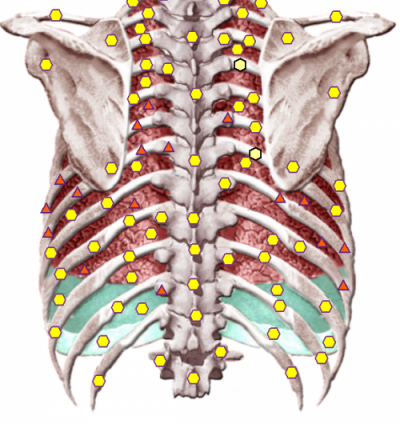A male patient is struggling with shortness of breath. A BICOM® BodyCheck scan is conducted to show the average energetic state throughout the entire body. Of particular importance is the Lung area, as this is where the man seems to be experiencing problems. However, the lung area appears generally normal in the scan, apart from some level 3 stress in the lower sections. The following diagram shows how stress is scored in a body scan:
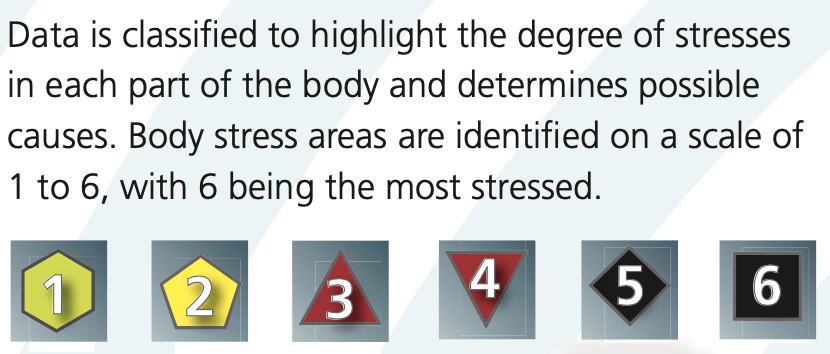

Number 2 is the ideal score which represents an average healthy energetic state in the patient. As is shown in the following diagrams, this lung scan was fairly normal:
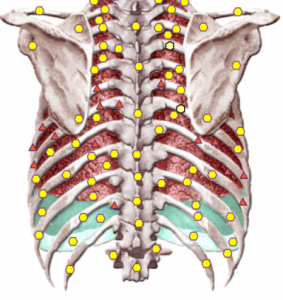

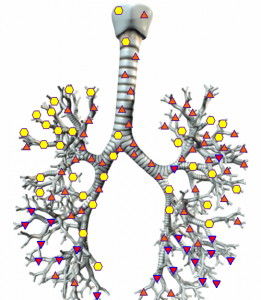

The BICOM® BodyCheck (BBC) hadn’t picked up on a problem with the lungs despite the patient having shortness of breath. Consequently, the patient decided to go for a private health screening in the hope that this would find the cause of the problem.
The patient receives the results of the health check on 6/8/2019.
The results of concern are:
- Lung function test: showing only 30% function and COPD (Chronic Obstructive Pulmonary Disease) in the severe range
- BMI (Body Mass Index): showing a score of 30.1, which is high and puts the patient as four years older than they actually are
The following diagram shows the results of the lung function test:
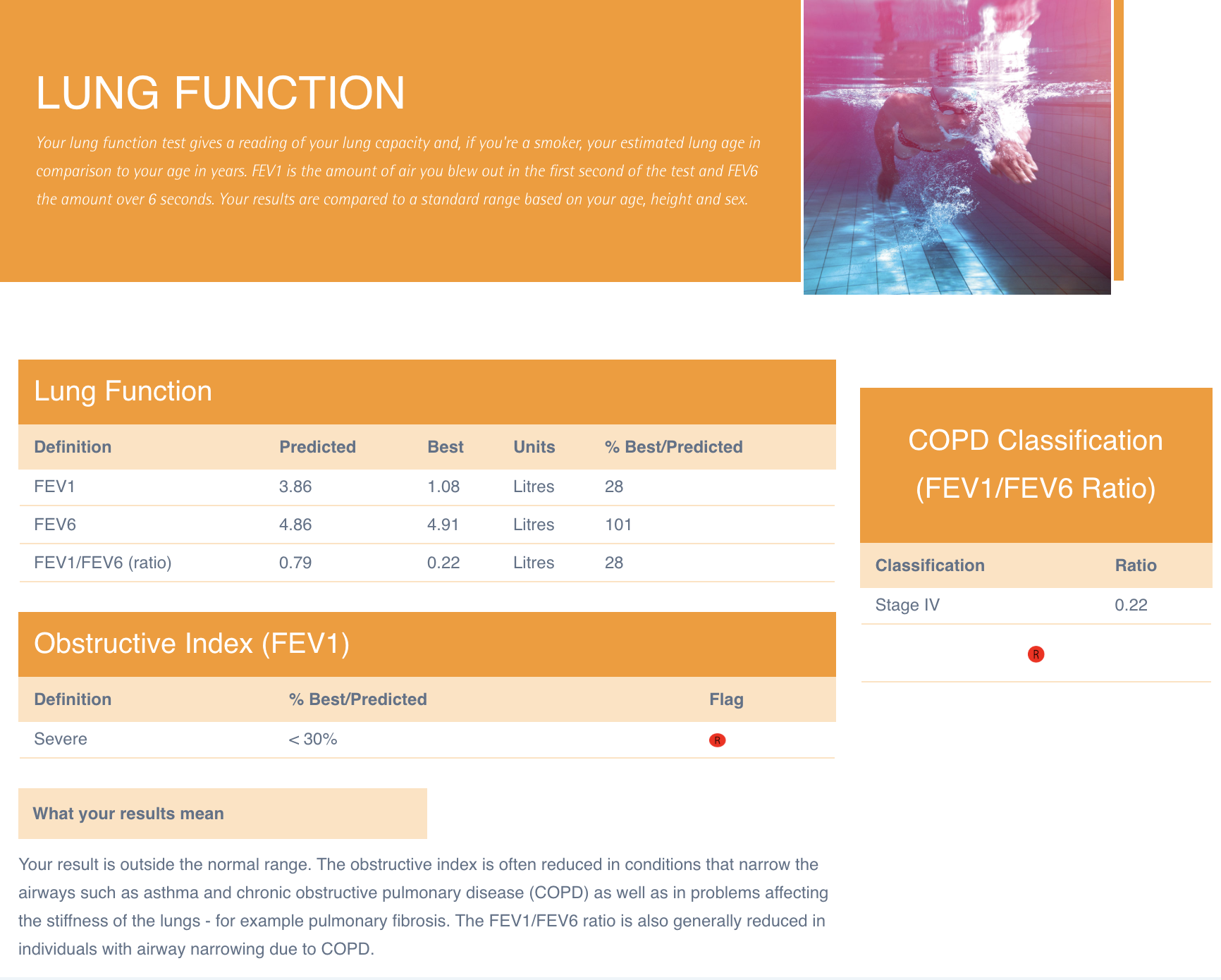

These are the results for the biometric analysis:
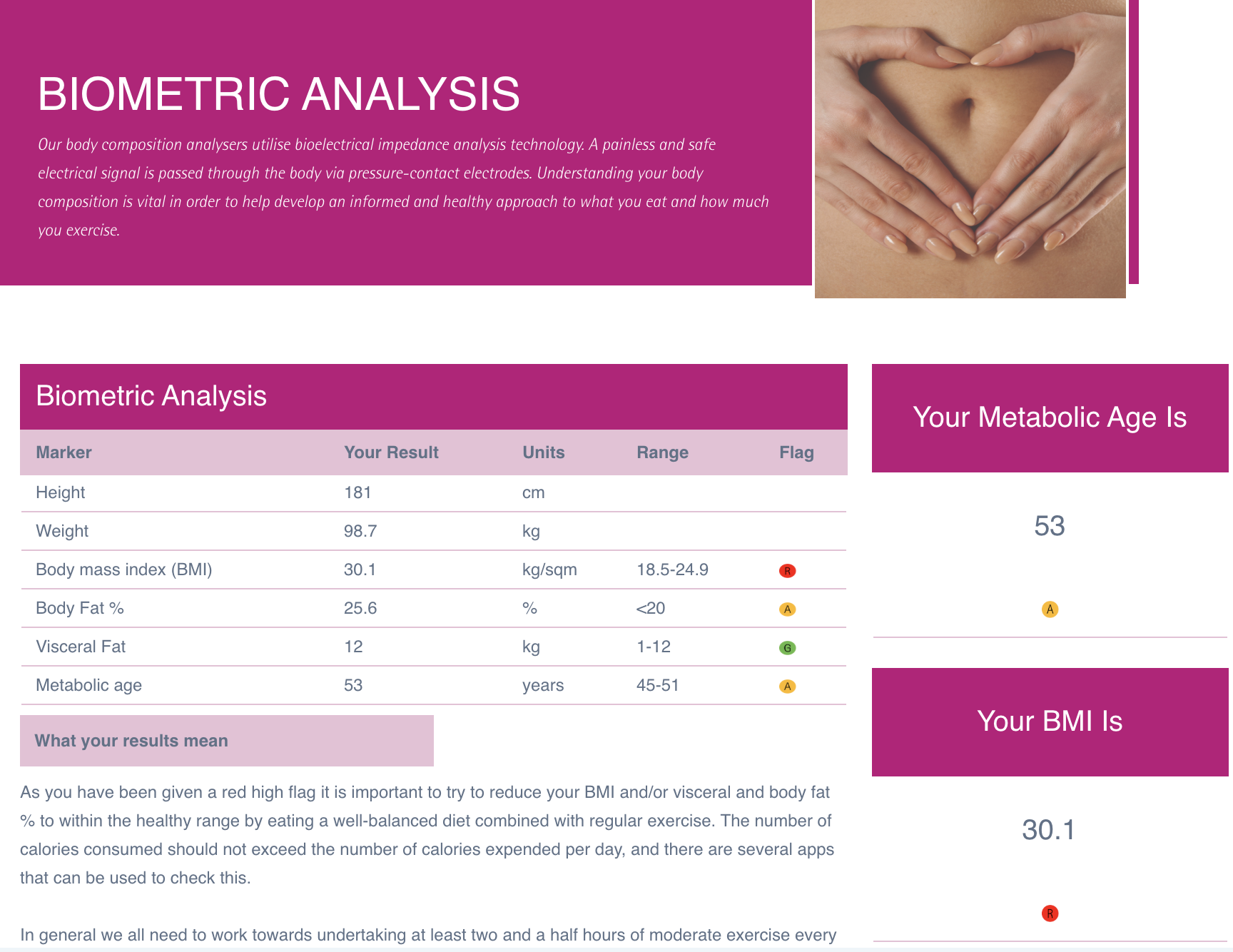

In September 2019, the patient decides to visit a private hospital for further testing and x-rays in order to investigate their low lung function.
The consultant makes a full examination and looks into patient history, which shows that there is no family history of lung or heart disease.
The x-ray that was taken is shown below:
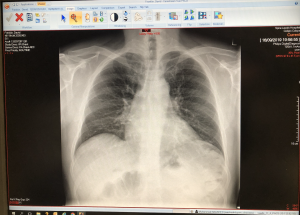

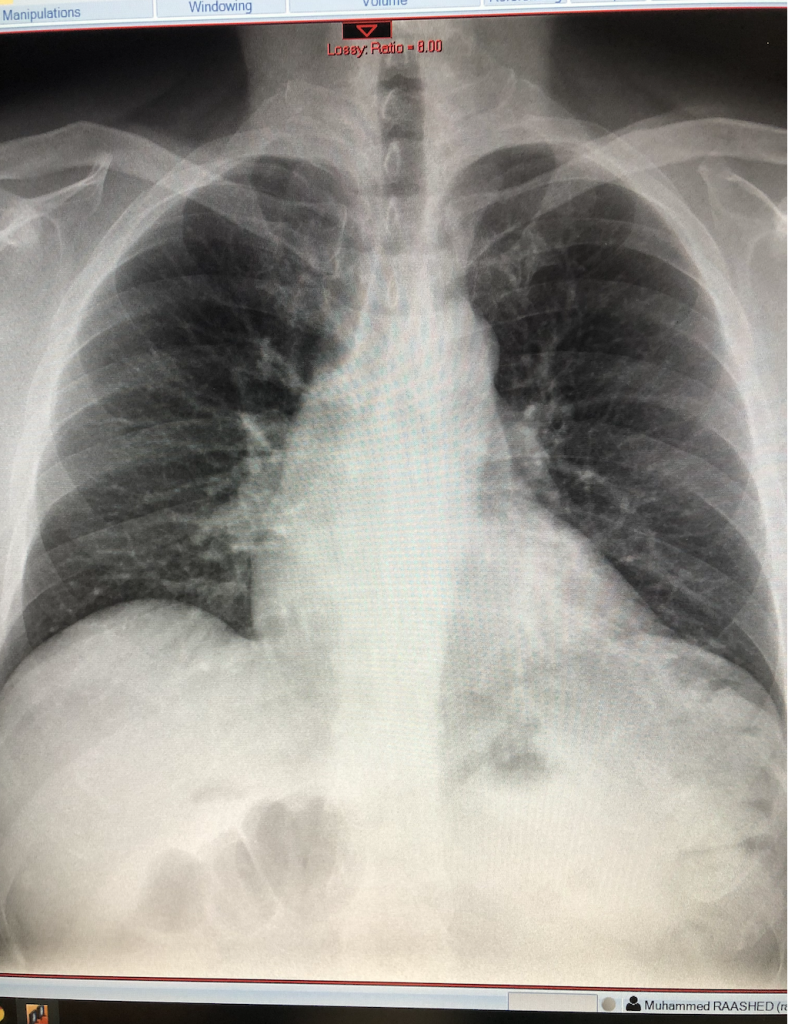

This x-ray shows that the lungs are clear, as was found on the BodyCheck scan. So, why is there a concerningly low lung function? The consultant decides to do another lung function test to establish if the previous company conducted it correctly. This was a simple lung volume test where the patient inhales to full capacity and breathes out into a device. After 2 of these tests, the reading was above average lung function. The patient was asked how the test had been performed originally and it appears that it had been conducted incorrectly.
This still did not explain the shortness of breath. However, taking the high BMI into account, it was decided that an exercise plan should be implemented to improve breathing and reduce abdominal fat.
Thankfully, this proved to be successful, as the patient started to exercise more and lose weight, causing their shortness of breath to disappear.
In conclusion, this case study demonstrates the accuracy of the BICOM® BodyCheck in detecting stress in the body. The scan was correct in showing that there was no damage or disease in the lungs, which was later confirmed by an x-ray that had been carried out at the hospital.


